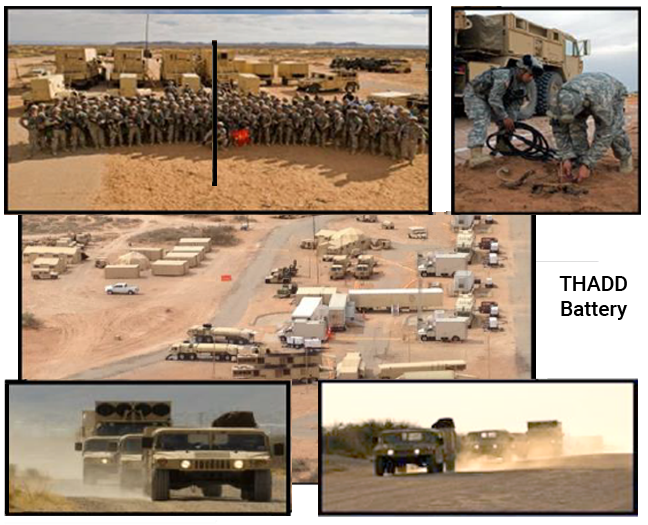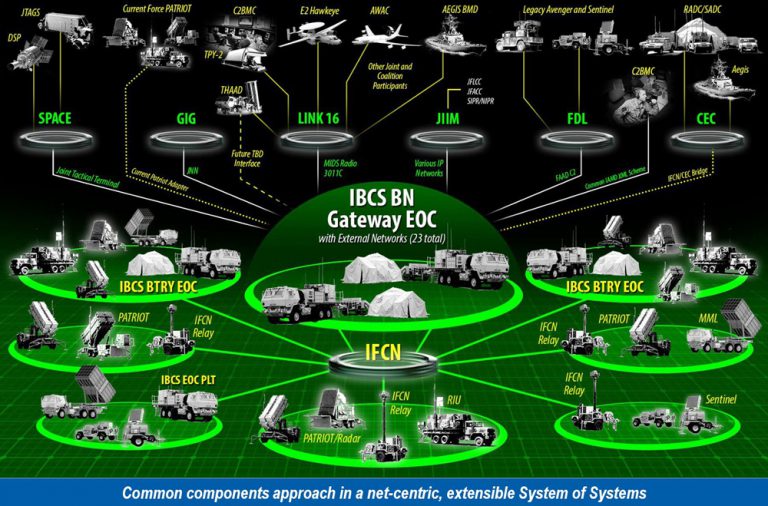Test & Evaluation
Our Engineers have a long history of providing T&E services for advanced weapon systems. Our work ranges in size (from modeling units to systems), and scope (from concept through delivery). We understand the importance of testing more use cases and getting real-time, actionable feedback. In this way, defects are found and fixed early in the process, speeding up time of delivery to the warfighter. Our test and evaluation work includes:
- Requirements Definition and Management
- Architecture Definition
- Analysis and Design
- Implementation
- Integration and Test
We provide test and evaluation services for several advanced weapon system programs, including:
Test & Evaluation
Our Engineers have a long history of providing T&E services for advanced weapon systems. Our work ranges in size — from modeling units to systems — and scope — from concept through delivery. We understand the importance of testing more use cases and getting real-time, actionable feedback. In this way, defects are found and fixed early in the process, speeding up the time of delivery to the warfighter.
Our test and evaluation work includes:
- Requirements Definition and Management
- Architecture Definition
- Analysis and Design
- Implementation
- Integration and Test
We provide test and evaluation services for several advanced weapon system programs, including:

Project
Terminal High Altitude Area Defense (THAAD)
Customer
Missile Defense Agency (MDA)
Terminal High Altitude Area Defense (THAAD) is a transportable system that intercepts ballistic missiles inside or outside the atmosphere during their final, or terminal, phase of flight. THAAD uses a one-stage hit-to-kill interceptor to destroy incoming ballistic missile targets. THAAD is able to intercept incoming missiles both inside and just outside of the Earth’s atmosphere at a range of 200 kilometers, which mitigates the effects of weapons of mass destruction before they reach the ground. The ability to intercept both inside and outside the atmosphere makes THAAD an important part of layered missile defense concepts, as it falls between the exclusively exo-atmospheric Aegis interceptors and the exclusively endo-atmospheric Patriot interceptors.

There are four main components to THAAD: the launcher, interceptors, radar, and fire control. The launcher is mounted on a truck for mobility and storability. There are eight interceptors per launcher. Current Army configurations of THAAD batteries include six launchers and 48 interceptors. The THAAD system utilizes the Army Navy / Transportable Radar Surveillance (AN/TPY-2) radar to detect and track enemy missiles at a range of up to 1,000 kilometers. The fire control system is the communication and data-management backbone and is equipped with an indigenous THAAD Fire Control and Communications system. The Command, Control, Battle Management, and Communications (C2BMC) also provides tracking and cueing information for THAAD from other regional sensors on Aegis and Patriot systems.
Software Development
THAAD Fire Control
Communications IPT
Developed launcher and radar interfaces
Battle Management IPT
Requirements Development
Implemented battle planning algorithms
Optimized algorithms to improve performance
Software Architecture
THAAD Fire Control
Resolution of inter process communications issues
Developed architecture concepts
THAAD Launcher
Development of software interface definition
Controlled radars and launchers to manage
engagement & destruction of target
Causal analysis & resolution
Project
Integrated Air and Missile Defense Battle Command System (IBCS)
Customer
United States Army
The Integrated Air and Missile Defense Battle Command System (IBCS) is the future command and control system for U.S. Army air defense assets. It is intended is to integrate the communications between weapon launchers, radars, and the operators, allowing an air defense unit, such as a Patriot battery, to fire its interceptors using information provided by the radar of another. 1 In some cases, this integration will permit an Army air defense unit to defend a larger area, as the unit’s engagement zone will be less limited by the view of its own organic radar. It will also reduce the chance of interceptor wastage, by reducing the chance that two or more air defense units will engage the same target. Once deployed, IBCS will take the place of seven other Army command and control systems currently in use.
IBCS Testing
The system has been used in a number of tests beginning in May 2015. In a test conducted on April 8, 2016, IBCS operated against dual threats, a cruise and ballistic missile. It displayed its intended capability by linking sensors from one defense system to interceptors from another, defeating both incoming missiles.

Software Development
Mission Control
Created Microservices /Event-Bus architecture
to define new V4.5 architecture for MC SW
Engagement Operations
Mission Support
Common Warfighter Machine Interface (CWMI)
Embedded training
Modeling & Simulation
Global Engagement Modeling (GEM)
Robustness analysis and domain modeling
Requirements development
Specialty Engineering
Reliability, Availability, Maintainability
Test & Evaluation
Author 2nd rev Software Test Plan CDRL document
Simulation Scenario Requirements development
Software Test Description development
System and Software Use Case review and analysis
DOORs Administration
DXL Scripting
